This area, which displays plant species used by humans for food or for various productions, is characterized by stone paths that are arranged in such a way as to divide the area into different thematic sectors. The numerous species on display, easily observable by walking along the paths, are grouped according to their intended use in the following sectors:
Starch plants
Almost everywhere in the world, plant species are grown and used as a food source for starch in the form of flours and starches. This sector displays specimens of cereals commonly found in the Mediterranean region (such as Triticum aestivum, soft wheat, and Triticum durum, durum wheat) and other geographical areas (such as Oryza sativa, rice, and Zea mays, corn), as well as non-cereal species used in various tropical and subtropical countries, such as Colocasia esculenta (taro), Dioscorea polystachya (Chinese yam), and Manihot esculenta (cassava).
Oil plants
Vegetable oils and fats are extracted from the fruits of species such as Olea europaea (olive) and Elaeis guineensis (oil palm), or from the seeds of perennial plants such as Cocos nucifera (coconut), or annual plants such as Arachis hypogaea (peanut), Helianthus annus (sunflower), and Glycine max (soybean). Most of these products are used for food, while others are used in the preparation of colors, paints, lubricants, and in the pharmaceutical industry. This sector contains some of the most commonly used plant species in this field.
Fiber and paper plants
Numerous plants produce usable fibers for the production of fabrics, and numerous are the species used for the production of paper. Among the plants present in this area, we mention Gossypium arboreum (cotton), Ceiba speciosa (floss silk tree), Linum usitatissimum (flax), Agave sisalana (sisal), Boehmeria nivea (ramie), and Tetrapanax papyrifera (rice paper).
Forage plants
The collection includes some of the main species used for livestock feed, such as Medicago sativa (alfalfa) and Hedysarum coronarium (sulla clover).
Essential oil plants
Numerous species are used to extract the essential oils used in the perfume industry. Examples include Iris pallida (Dalmatian iris or sweet iris), Citrus bergamia (bergamot), Jasminum officinale (jasmine), Cymbopogon citratus (lemongrass), Vetiveria zizanoides (vetiver), Lavandula angustifolia (lavender), and Rosa canina (wild rose), which are some of the species displayed in this section.
Aromatic plants
The scent of some plants is owed to the presence of volatile compounds known as essential oils. Aromatic herbs have always been the most characteristic aspect of Mediterranean cuisine, and this area showcases the species most commonly used in local gastronomic traditions, such as Ocimum basilicum (basil), Salvia rosmarinus(rosemary), Salvia officinalis (sage), Allium schoenoprasum (chives), Origanum vulgare (oregano), and Allium sativum (garlic).
Beverage plants
Numerous species provide raw materials for the production of beverages. The production of alcoholic beverages obtained by fermentation of sugars contained in plants is an ancient tradition; among the beverages produced by this process are wine, obtained from the fruits (grapes) of the vine (Vitis vinifera subsp. sativa), and beer, obtained from the fermentation of malt obtained from various cereals and subsequently flavored with Humulus lupulus (hops). Among the beverages obtained through distillation, rum is obtained from Saccharum officinarum (sugar cane) and tequila is obtained from Agave tequilana. All the species mentioned are displayed in the bed dedicated to beverage plants, together some of the entities from which it is possible to obtain stimulating beverages, such as Ilex paraguayensis (yerba mate).
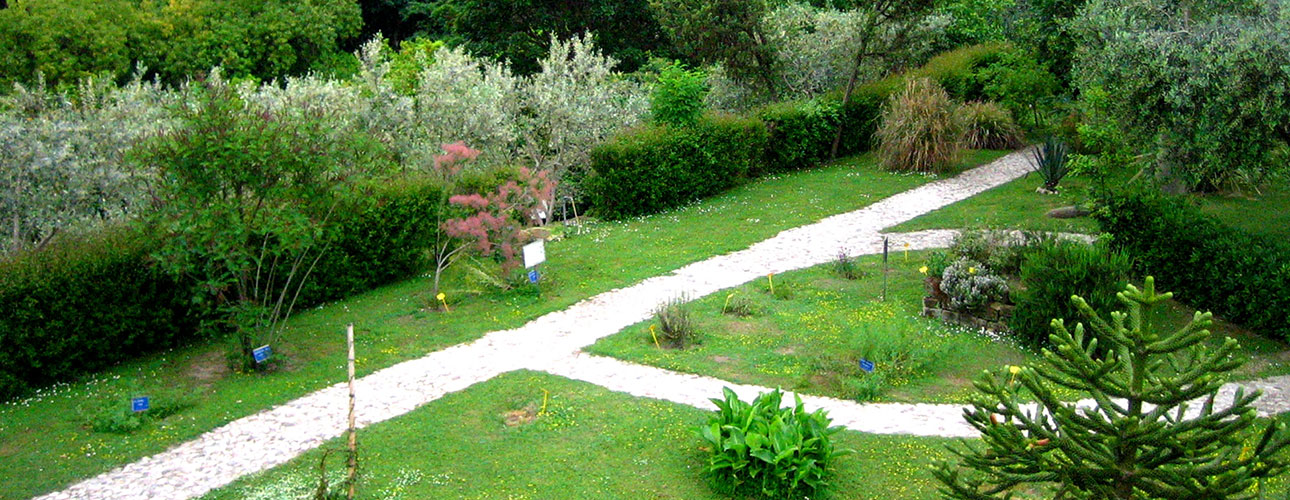

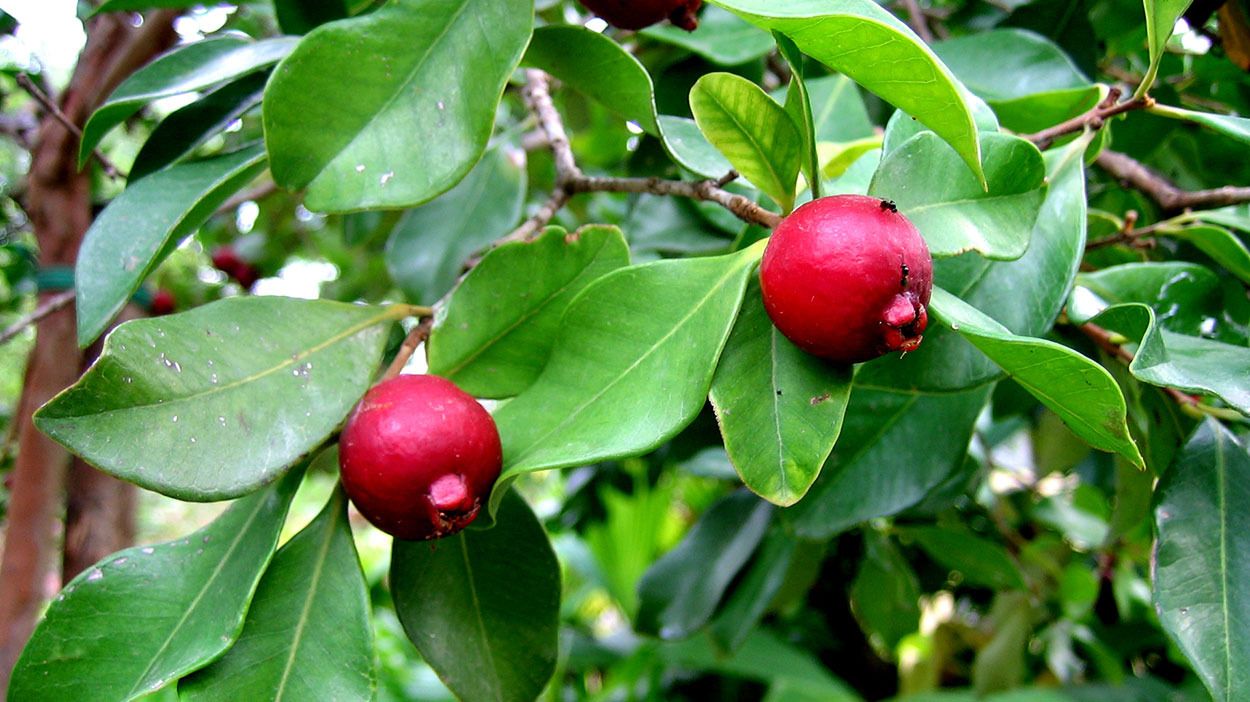
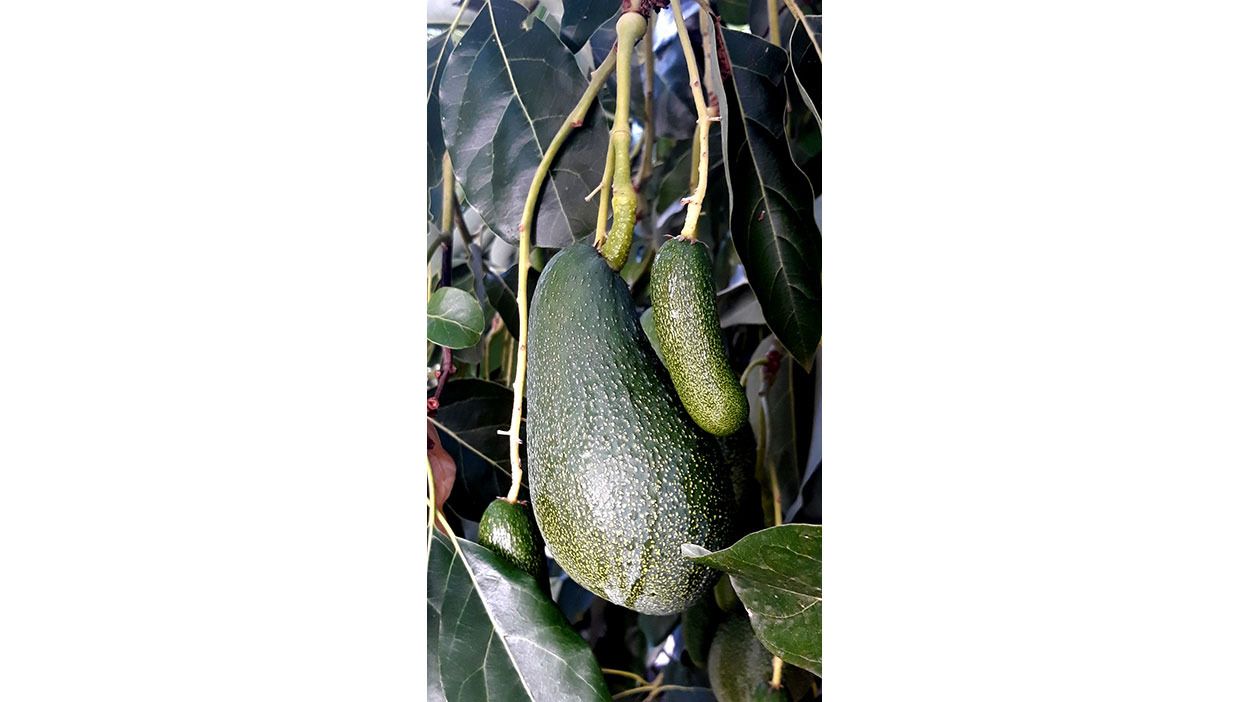

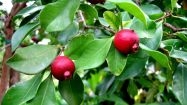
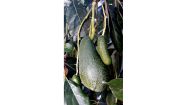
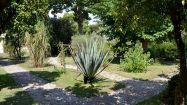
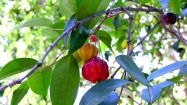
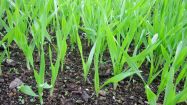
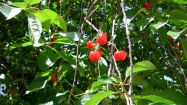
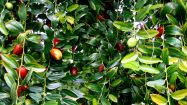
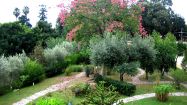
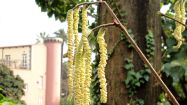
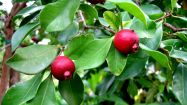
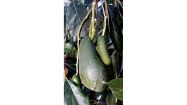
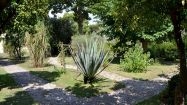
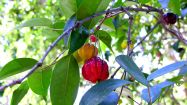
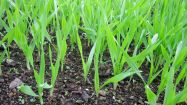
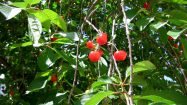
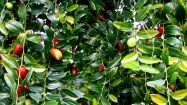
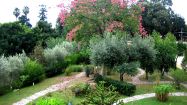
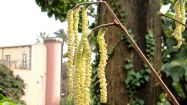

 Sistema Museale di Ateneo
Sistema Museale di Ateneo